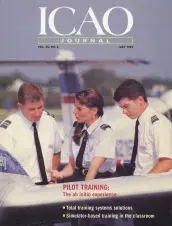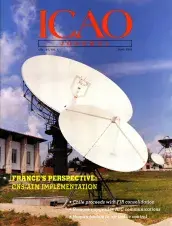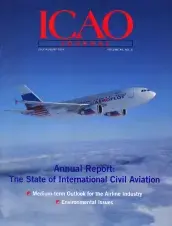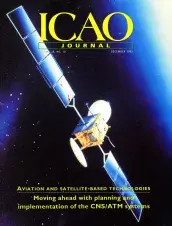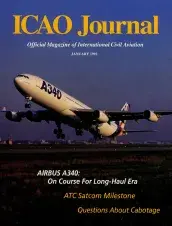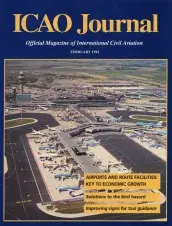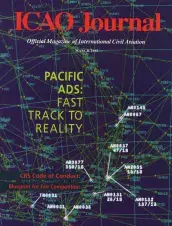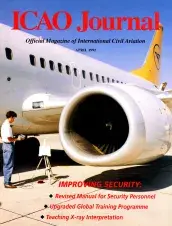ICAO Journal
The objective of the Journal is to provide a concise account of the activities of the International Civil Aviation Organization and to feature additional information of interest to Contracting States and the international aeronautical world.
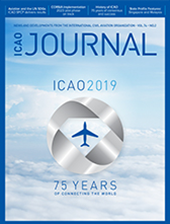 (ICAO Journal is available in English only from 2013)
(ICAO Journal is available in English only from 2013)
Russian Federation flag carrier Aeroflot took delivery of five Airbus A310-300s in 1992. Representing the first Western-built aircraft to join the Aeroflot fleet and featuring a bright new livery, the arrival of the A310s in Moscow heralded a new era in the carrier's long history, enabling it to offer new levels of comfort and service on its international route network. The start of A310 operations with Aerflot also marked the first entry into commercial passenger service of a Western-built airliner holding a Russian type certificate.
Human factors play a critical role in every aviation activity, from flight training to airline management. Statistics attribute about 75 per cent of aircraft accidents to lapses in human performance, and ICAO has given the highest priority to increasing awareness of the human factors considerations in all aviation disciplines.
Extended-range twin-engine operations (ETOPS) depend on the performance and high reliability offered by modern turbofans such as the Rolls-Royce Trent. Several Trent powerplants, with take-off thrust ranging from 300 to 385 kilonewtons, are being designed to power the Airbus A330 and Boeing 777.
Amsterdam's Schiphol Airport is in the midst of a major expansion. The terminal building is being extended stage-by-stage, and a new 10I-metre air traffic control tower, under construction since 1988, entered operation last year. The development of airports and route facilities is a key to economic growth. As explained in the article beginning on page 6, the development of such infrastructure is supported by various ICAO activities.
The generic aircraft display system (GADS) developed by Australian engineers enhances productivity by reducing controller workload. By acquiring information from aircraft flight plans, automatic position reports and radar data, GADS is able to generate a visual presentation of the position of aircraft to the controller. The system is particularly useful in areas where radar installation is not economical or possible. For more details on GADS and the programme to implement automatic dependent surveillance (ADS) in the Pacific Region, see page 9.
Within the aviation community Germany's Dornier is best known a an aircraft manufacturer whose newly-developed commuter turboprop, the Dornier 328, is currently undergoing flight testing. But Dornier also specializes in the field of security technology, including outdoor and perimeter protection and surveillance. One of its products is the Radobs-R radar intrusion detection sensor, which is suitable for the protection of parked aircraft.
